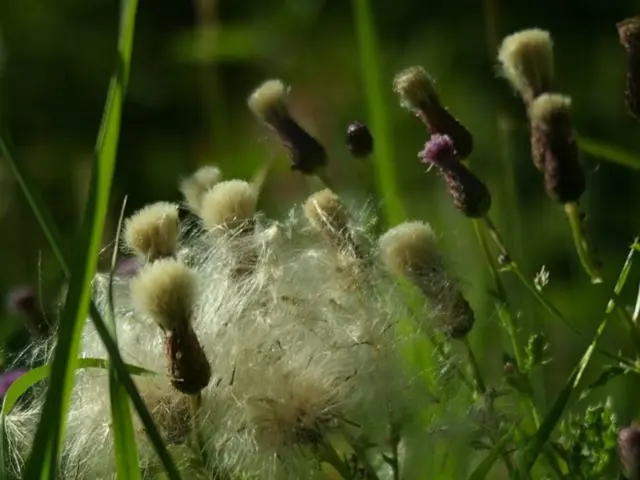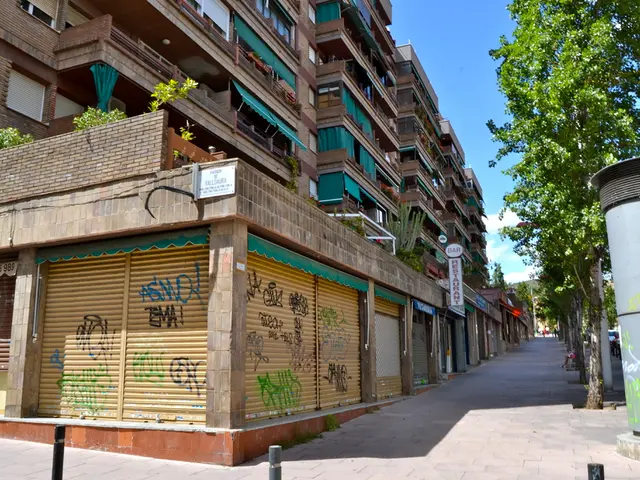Dying Pothos and the Eight Factors Involved, Along with Suggestions for Revival
The beloved Pothos plant, known for its resilience and ability to thrive in varying lighting conditions, might be in trouble if it's not flourishing as usual. If your Pothos isn't living up to its reputation of being a hardy houseplant, it's time to troubleshoot!
This guide, crafted with insights from certified gardening expert Lotte Berendsen and expert gardener Jane Dobbs, pinpoints eight reasons why your Pothos might be struggling and provides solutions to revive it.
1. Overwatering Your Pothos
Pothos is not a fan of soggy soil. Berendsen points out that overwatering can lead to root rot, a situation that can quickly deplete your Pothos' health. So, if you suspect root rot, act fast! Clear out the soil, making the roots visible, and give your plant a chance to breathe again.
To prevent overwatering, follow Dobbs' guidelines: let the soil dry out before watering and ensure you use a pot with drainage holes.
2. Underwatering Pothos
On the flip side, a lack of water can also harm your Pothos. Prolonged dryness can leave your plant's leaves drooping, curled, and crispy. To avoid this, water your Pothos when the top inch of soil is dry, and maintain a consistent watering schedule.
3. Planter Has No Drainage
A pot lacking drainage holes can cause excess moisture to accumulate, a perfect environment for root rot. Berendsen advises using a plastic nursery pot inside a decorative pot or opting for a ceramic or clay planter with a saucer.
4. Incorrect Amount of Sunlight
Neglecting the correct amount of light can hurt your Pothos, either with too much or too little light. Berendsen warns against placing your plant in dark corners, while Dobbs cautions against exposing it to direct sunlight, which can scorch leaves.
5. Poor Soil Conditions
Pale leaves and stunted growth can indicate that your Pothos is suffering from nutrient-poor soil or inadequate fertilization. To improve soil conditions, replace it with well-draining, airy soil mixes and use a balanced liquid fertilizer every 4-6 weeks during the growing season.
6. Pesky Pests, Bacteria, and Fungus
Unnoticed pests, bacteria, and fungi can wreak havoc on your Pothos. Regularly inspect your plant for signs of infestations and treat them using neem oil or specific pesticides.
7. Pothos is Rootbound
Rootbound Pothos will grow weak roots that can't absorb nutrients or water effectively. Upgrade your plant's living space by repotting it into a slightly larger container annually.
8. Incorrect Climate Conditions
Pothos is a tropical plant, so it needs a warm and consistent environment between 65 and 85 degrees Fahrenheit. Keep your plant away from extreme temperature changes, drafts, and radiators, and place it in an environment with stable temperatures.
Warning Signs that Something is Wrong with Your Pothos
Stay vigilant and look out for these main signs your Pothos is unhealthy:
- Yellowing leaves
- Brown or crispy leaves
- Small or stunted new leaves
- Wilted leaves
By detecting these issues early, you can give your Pothos a fighting chance to recover!
- If you notice the symptoms of deterioration such as yellowing, browning, or curling leaves in your House Plants, specifically your Pothos, it could be an indication of various issues.
- RealSimple's expert gardening advice suggests checking the climate conditions of your Home to ensure they are suitable for a Pothos plant, as it thrives in warm temperatures between 65 and 85 degrees Fahrenheit.
- When tending to your House Plants at home, be mindful of overwatering issues, as per RealSimple's guide. Regularly check the soil moisture to avoid creating soggy conditions that can cause root rot, which is harmful to Pothos.
- House Plants, like Pothos, require a balanced environment to grow and thrive. Neglecting essential elements, such as ensuring the planter has drainage holes, can lead to the deterioration of the plant.







